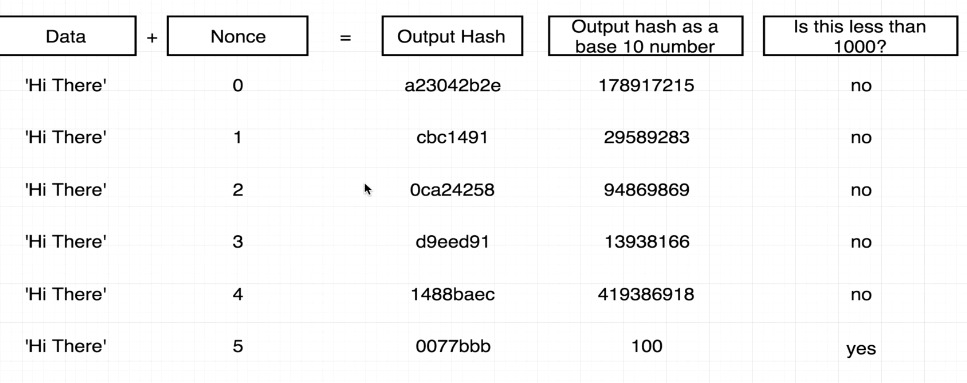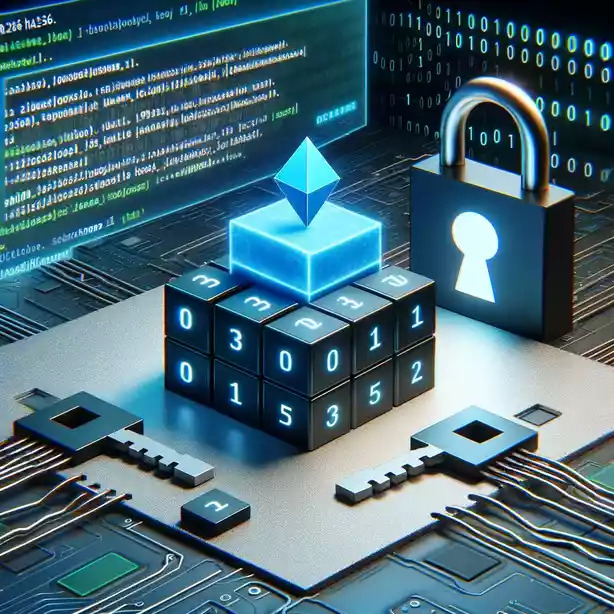Blockchain technology has become a cornerstone of the digital revolution, offering unprecedented security, transparency, and efficiency in various applications. For digital nomads, programmers, and data scientists, understanding the fundamentals of blockchain, the SHA256 hash function, mining, and smart contracts can open up new opportunities and insights. This article delves into these key concepts, providing a clear and practical understanding.
Table of Contents
Introduction to Blockchain Technology

What is Blockchain?
At its core, a blockchain is a decentralized ledger that records transactions across multiple computers in a way that the registered transactions cannot be altered retroactively. This ensures the integrity and transparency of data.
Key Components of Blockchain
- Blocks: Containers for transactions. Each block contains a list of transactions and a reference to the previous block.
- Nodes: Computers that participate in the blockchain network, maintaining copies of the blockchain and validating transactions.
- Consensus Mechanisms: Protocols that ensure all nodes agree on the blockchain's current state.
Understanding SHA256 Hash Function

What is SHA256?
SHA256 (Secure Hash Algorithm 256-bit) is a cryptographic hash function that takes an input and produces a fixed-size string of bytes. This output, typically rendered as a 64-character hexadecimal number, is unique to each unique input.
Importance of SHA256 in Blockchain
SHA256 is crucial in blockchain for ensuring data integrity and security. Each block contains a hash of its data and the hash of the previous block, forming a secure chain.
Example of SHA256 in Python
Here’s a simple example of how SHA256 works using Python:
|
1 2 3 4 5 6 7 8 |
import hashlib def sha256_hash(data): return hashlib.sha256(data.encode()).hexdigest() data = "Blockchain technology is fascinating!" hash_result = sha256_hash(data) print(f"SHA256 Hash: {hash_result}") |
Output
|
1 |
SHA256 Hash: 7a7f5bc2855ae6c5f5cb6a1e4829a8bc5b9f2e14e9fdd1d7a2b9b3d2051b43a5 |
The Concept of Mining
What is Mining?

Mining is the process of validating and adding new transactions to the blockchain. Miners solve complex mathematical problems (proof of work) to create a new block, which is then added to the blockchain.
Importance of Mining
- Validation: Ensures that transactions are legitimate and prevents double-spending.
- Security: Enhances the security of the blockchain by making it computationally expensive to alter previous blocks.
- Incentives: Miners are rewarded with new cryptocurrency tokens for their work, incentivizing the maintenance of the network.
How Mining Works
- Transaction Verification: Miners verify the authenticity of transactions.
- Hash Calculation: Miners find a hash that meets the difficulty target.
- Block Addition: The first miner to find the correct hash broadcasts the new block to the network.
- Reward: The successful miner is rewarded with cryptocurrency.
Example of Proof of Work in Python
Here's a simple implementation of the proof-of-work mechanism:
|
1 2 3 4 5 6 7 8 9 10 11 12 13 14 15 16 17 18 19 20 21 22 |
import hashlib import time def proof_of_work(block_data, difficulty): nonce = 0 prefix_str = '0' * difficulty start_time = time.time() while True: text = block_data + str(nonce) new_hash = hashlib.sha256(text.encode()).hexdigest() if new_hash.startswith(prefix_str): end_time = time.time() return new_hash, nonce, end_time - start_time nonce += 1 block_data = "Block data" difficulty = 4 # Number of leading zeros required new_hash, nonce, time_taken = proof_of_work(block_data, difficulty) print(f"New Hash: {new_hash}") print(f"Nonce: {nonce}") print(f"Time Taken: {time_taken} seconds") |
Output
|
1 2 3 |
New Hash: 0000f3a2b8d9f53eb1b7078691b4af7be7b00ad3b7e9f51f47b63c1f30e5c3c1 Nonce: 4146 Time Taken: 0.128 seconds |
Smart Contracts
What is a Smart Contract?
A smart contract is a self-executing contract with the terms of the agreement directly written into code. It automatically enforces and executes the terms of the contract when predefined conditions are met.
Importance of Smart Contracts
- Automation: Reduces the need for intermediaries by automating transactions.
- Security: Ensures that contract execution is tamper-proof and transparent.
- Efficiency: Increases the speed and reduces the cost of executing contracts.
Example of a Smart Contract in Solidity
Solidity is a popular programming language for writing smart contracts on the Ethereum blockchain. Here’s a basic example of a smart contract in Solidity:
|
1 2 3 4 5 6 7 8 9 10 11 12 13 14 15 16 |
pragma solidity ^0.8.0; contract SimpleStorage { uint256 private storedData; event DataStored(uint256 data); function set(uint256 x) public { storedData = x; emit DataStored(x); } function get() public view returns (uint256) { return storedData; } } |
This smart contract allows users to store and retrieve a single integer.
Deploying a Smart Contract
To deploy a smart contract, you typically use tools like Remix (an online Solidity IDE) or frameworks like Truffle. Here’s a brief overview of the deployment process using Remix:
- Write the Contract: Write your smart contract in Solidity.
- Compile the Contract: Use Remix to compile the contract, generating the necessary bytecode and ABI.
- Deploy the Contract: Deploy the contract to the Ethereum network using Remix or a similar tool.
- Interact with the Contract: Use web3.js or ethers.js to interact with the deployed contract.
Practical Applications of Blockchain for Digital Nomads, Programmers, and Data Scientists
Use Case: Secure and Transparent Transactions
Blockchain’s transparency and security make it ideal for transactions. Digital nomads can use blockchain for secure payments across borders without the need for traditional banking systems.
Use Case: Decentralized Applications (DApps)
Programmers can develop DApps that run on blockchain networks, offering decentralized alternatives to traditional applications. These DApps can provide services like finance, social media, and more, without centralized control.
Use Case: Data Integrity and Provenance
Data scientists can leverage blockchain to ensure data integrity and provenance. By recording data transactions on the blockchain, they can create immutable records that verify the source and history of data.
Conclusion
Blockchain technology, with its SHA256 hash function, mining process, and smart contracts, offers transformative potential for digital nomads, programmers, and data scientists. By understanding and leveraging these concepts, you can enhance your projects, ensure data security, and explore new opportunities in the decentralized world. Whether you’re interested in developing smart contracts, mining cryptocurrencies, or building secure applications, blockchain provides the tools and framework to innovate and succeed.
Happy coding and exploring the blockchain universe!

